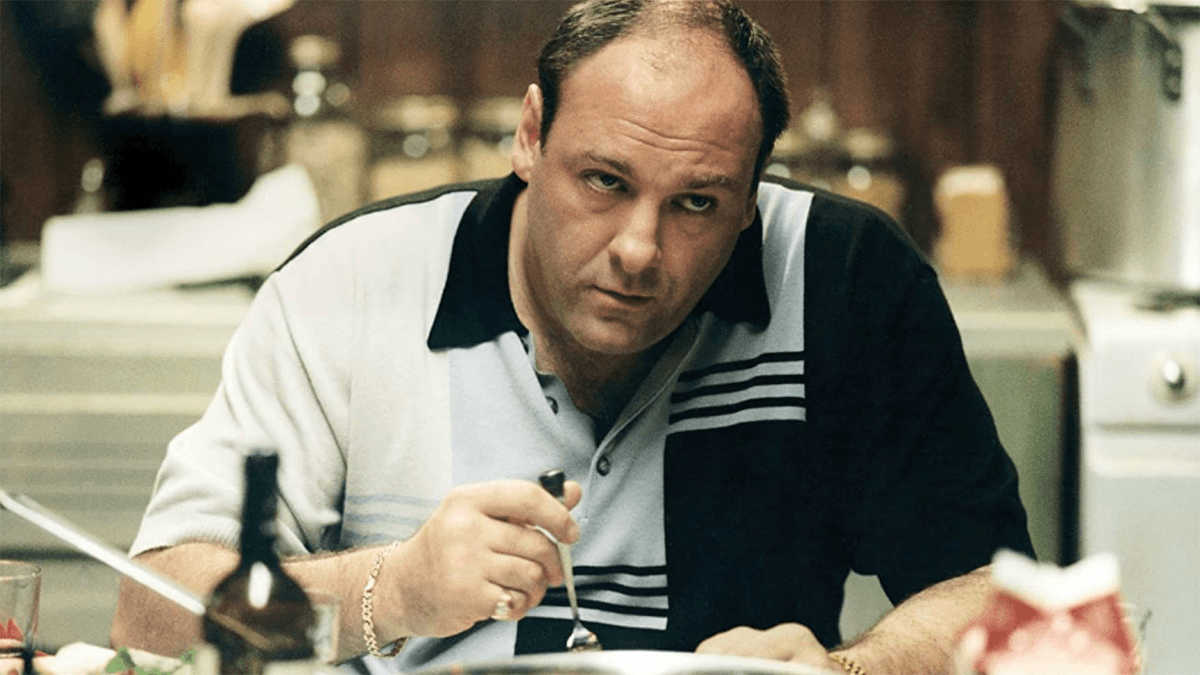The story behind Nike's contact lenses
Nike is known for its innovative approach to sports equipment. In the early 2000s, the brand launched MaxSight contact lenses in partnership with Bausch & Lomb. But they weren't just any contact lenses - they directly affected athletes' outdoor vision: filtering violet light to reduce sunlight glare and improve visual focus.
The lenses were launched in 2005, in partnership with the supplier, Bausch & Lomb. "It's for anyone who takes their sports seriously and wants to elevate their game to the next level," said ophthalmologist Dr. Hal Breedlove to ESPN at the time. "For the vast majority of people who wear this lens, it will give them an advantage over someone with equal skills who doesn't wear them. But it won't make a mediocre high school player earn a scholarship to Notre Dame."

They filtered ultraviolet light to reduce sunlight glare and improve visual focus. They were basically for reducing distortion and providing athletes with a competitive edge. There were two distinct models: red - for sports like baseball, soccer, and tennis, where the athlete must separate fast-moving objects from the background; and gray-green - for sports like golf and running, where the background environment is visually important. Both colors filtered a certain amount of general light but also made it sharper and improved contrast.


The red lenses also made athletes' eyes have a startling hue. But when Nike asked players if they would like them to create a less flashy version, they received a resounding “no” - "They felt it gave them a more intimidating look," said Reichow, who invented the lenses, "and thus an advantage over the competition".



They made objects sharper by eliminating 90% of blue light - the main component in visual noise. Furthermore, in a process that Nike referred to as “lighting architecture,” MaxSight manipulated the brightness and hue of the remaining light transmitted through the lens. The result was an improvement in visual acuity. The seams of baseballs became crisper, images in shadows lighter, and each blade of grass had definition.
Baltimore Orioles athlete, Brian Roberts, reportedly used the product and improved his performance: before that season, he had a batting average of 264. With the lenses, this improved to an average of 321 after starring in his first All-Star Game.

Former NFL player Kyle Vanden Bosch also swore by the lenses and bought up the stock when the product was discontinued.
Just three years after their launch, the contact lenses were discontinued in 2008 - likely due to the competitive advantage they provided to athletes overall.
See others like this





